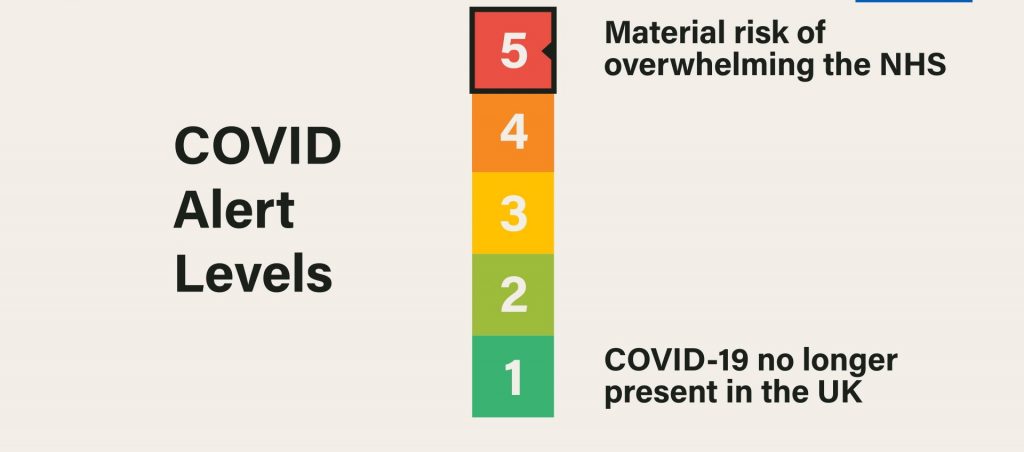As part of our Common Sense On: Coronavirus series, Contributor Adesewa explores the meaning of the R value, its importance and its relationship with the lockdown and social distancing restrictions.
The highlight of last Sunday’s highly anticipated briefing by Prime Minister Boris Johnson surrounded the R value. Johnson launched the new Covid Alert Level system alongside a new set of guidelines for social distancing. It was strongly emphasised that any changes to the current social distancing measures would be dependent on monitoring this R value.

What exactly is the R value?
Until a couple months ago, the R value was a term mainly used by epidemiologists and in public health literature.
R value (R0), pronounced R-nought, refers to the basic reproduction number. It’s a way of measuring, on average, the number of people that one infected person will pass the virus onto within a population that has no immunity to the virus.
In other words, if the R value of COVID-19 is equal to 3, this means every infected person has the ability to infect 3 other people, and each of these new cases would infect another 3 people and this continues on until there is a vaccination or immunity is reached.
It’s important to note that R0 is not a stable number. This number varies and is highly dependent on factors including the characteristics of the pathogen (SARS-CoV-2 virus which causes the COVID-19 disease), human behaviour and location. For example, an outbreak of COVID 19 in highly populated cities like London or New York, without any social distancing restrictions, would likely result in a higher R value than a less populated cities with these restrictions in place.
In comparison with other known human viruses, the R0 for chickenpox ranges from 10-12 and although highly contagious, deaths are rare due to vaccination and general immunity in the population. Whereas for influenza (the common cold), R0 ranges between 0.9 to 2.1 and even with a lower R value and vaccination, a significant number of deaths are recorded yearly due to the virus’ ability to mutate and therefore invade the immune system.
What is the ‘ideal’ value for R?
Maintaining a value below 1 is critical to tackling the spread of the virus and informs the government of any changes to the social distancing and lockdown restrictions. A stable R value of 0.5, for example, would mean the rate at which the virus spreads is halved as an infectious person will transmit the disease to fewer people and eventually significantly slows the spread of the disease.
What is the R value right now?
As of the 10th of May 2020, R0 in the UK is currently between 0.5-0.9 which means that the number of new cases are reducing. However, as this is a tight and fluctuating margin, any rush to remove the lockdown and social distancing measures may lead to an increase of R number above 1 and therefore damaging all the effort so far and increasing the number of new cases.

In Germany, lockdown restrictions lifted such as shops, schools and museum openings, have contributed to an increase in R-value from below 1 to 1.13 with an increase in new cases reported.
Is there a better number than the R number?
The challenge with R number is that it does not measure how infectious the virus is. Although the government can exert a level of control over human behaviour, we cannot always control the innate properties of the virus i.e. its ability to mutate. Recent findings by researchers at Los Alamos National Laboratory US have identified several mutations in the spike protein (the protein that allows the virus to invade human cells) which suggests the virus could be more infectious with an increased ability to spread.
Scientists nationwide are moving at a speed like never before to find a vaccine for COVID-19. The best course of action remains to follow social distancing measures and isolate if you have any symptoms. This means we can collectively bring the R value down, reduces the burden on the NHS and allow them to effectively deal with current cases.
Adesewa Adebisi is a recent Biochemistry graduate from The University of Huddersfield with an upcoming Masters of Research in Oncology. She is also Sabbatical Officer for the University of Huddersfield.


